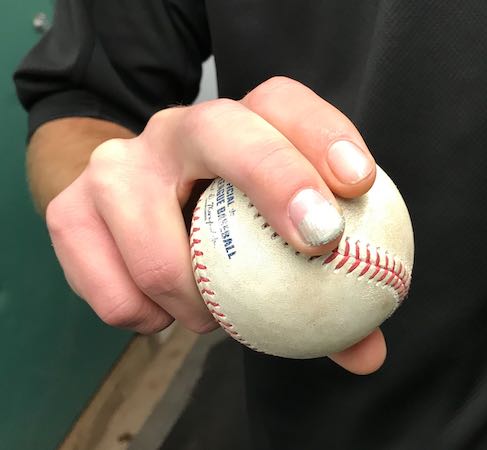A Conversation with Red Sox Analytics Department Overseer Zack Scott
Zack Scott is currently one of four people running Boston’s baseball operations department. Along with Raquel Ferreira, Brian O’Halloran, and Eddie Romero Jr, the 16-year member of the team’s front office is keeping a chair warm while the search for Dave Dombrowski’s replacement continues. His core responsibilities remain largely the same. Scott’s title is Senior Vice President/Assistant General Manager, and per the Red Sox media guide, he “oversees the club’s Baseball Analytics and Baseball Systems departments.”
What is the current state of Boston’s analytics department, and how much has it changed since the University of Vermont graduate (B.S. in Mathematics) joined the organization in 2004? I addressed those questions with Scott following the completion of the Red Sox season.
———
David Laurila: How much has the Red Sox analytics department grown over the years?
Zack Scott: “There’s been a lot of growth, not just with us, but in the industry. As you know, there’s been an explosion of data. Throwing out round-number estimates, when I started there were around 10,000 data points, and now it’s more like 10 billion data points. And a lot of that has been the last five years. So the need to grow is apparent; there’s only so much you can do with a short staff.”
Laurila: How many people are currently in the department?
Scott: “We added five new employees last offseason. Overall, our R&D team is 15 people. It’s around half analysts, half software developers/technology-implementation.”
Laurila: There’s a perception that the Red Sox went from one of the top analytics teams in baseball to one that is below the top tier. Is that accurate? Read the rest of this entry »



